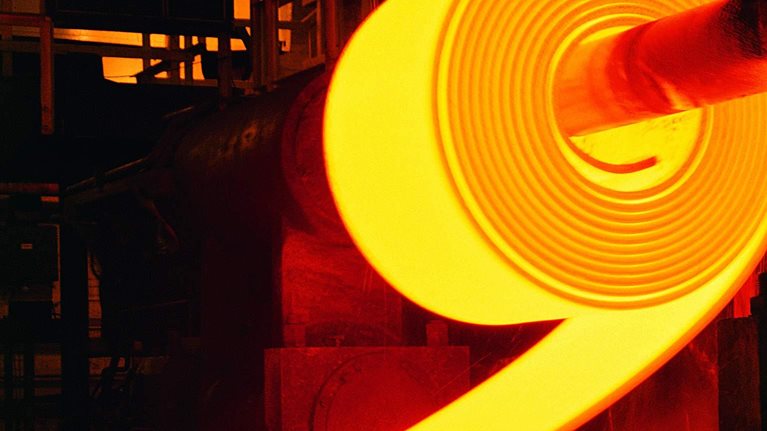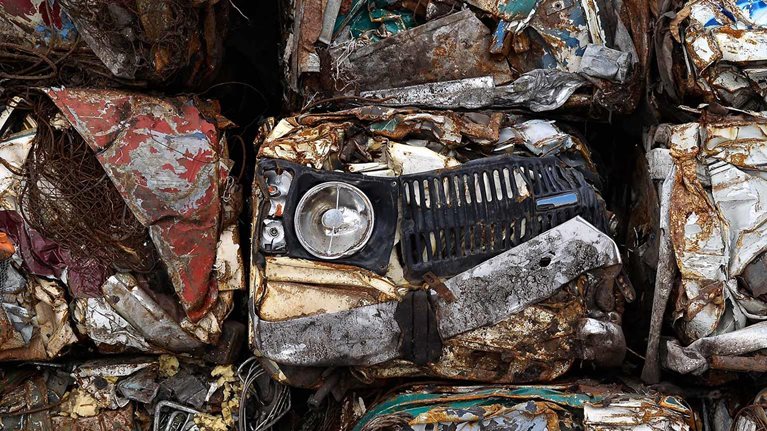China’s steel industry is on the cusp of a new era. Over the next decade, steel will increasingly be made by recycling domestic scrap in electric arc furnace (EAF) mini-mills as the government proceeds with policy-driven elimination of conventional induction furnaces (IF), and the replacement of integrated steel capacity. This landmark change, which encompasses economic and environmental benefits, will reshape the industry and require major adjustments in the steelmaking business model at the company level. To successfully adapt in this new environment, steel companies and other industry stakeholders should understand the context and motivating factors behind the transition.
In 2016 and 2017, China’s steel industry landscape was shaped by policy-driven elimination of IF capacity as the government sought to address a domestic supply glut. McKinsey research shows that in the following year, consumption of scrap steel in EAF and basic oxygen furnace (BOF) steel mills reached a record high of more than 200 million metric tons per year (mtpy). At the same time, China’s EAF capacity reached a new peak of 130 mtpy. As government policy restricts production by integrated mills in key areas, and encourages their vigorous replacement by EAF capacity, all signs point to the arrival of the EAF era in China.
A mixture of environmental regulation and market dynamics is likely to accelerate this pattern. On the policy side, the government is intent on enforcing stricter environmental-protection measures in tandem with limits on vertically integrated mill capacity. Small-scale EAF mills offer outstanding energy-saving and polluting emissions advantages compared with conventional vertically integrated BOF mills, making them well suited to a more stringent era of environmental standards in China.
Would you like to learn more about our Metals & Mining Practice?
Meanwhile, EAF mini-mills entail lower initial investment and operating costs, and they also offer flexibility in production planning, allowing their operators to respond quickly to market dynamics. With regard to location, their compact scale allows such mills to set up adjacent to sources of relatively inexpensive post-consumer scrap, from where they can also distribute products locally. On the other hand, integrated mills in inland areas suffer from high transportation costs of imported iron ore. These factors are likely to concentrate large-scale integrated mills along waterways—rivers, lakes, or coasts—while EAF mini-mills spread widely across mainland China.
There are several historical precedents for these shifts. EAF mini-mills played an important role in developed countries’ final stages of industrialization, with their share of steel output typically outgrowing that of integrated mills in the post-industrialization period. We expect China to tread a similar development path, as the advantages of EAF mini-mills become more prominent, and forecast China’s EAF steel output ratio to increase from 10 percent in 2017–18 to 15 percent by 2025.
How should steel companies position themselves to take maximum advantage of the unfolding EAF era? We recommend three points of action:
- Innovate the business model. Establish a compact mini-mill business model with scale flexibility and low investment and operating costs; plan new EAF projects rationally based on scrap supply and local market demand.
- Upgrade products. China’s growing EAF capacity has the potential to increase the share of higher-value flat products in companies’ product mix. As both the quantity and quality of scrap are improved in parallel with the rise of the circular economy and recycling industry in China, the increased availability of high-purity scrap will favor the production of high-value products in EAF mini-mills.
- Optimize capex and opex. With a target set for new present value (NPV), conduct product planning and optimize design and tender/procurement to significantly increase the ROI of EAF mini-mill projects. Implement strict scrap management and establish an end-to-end scrap management process, including thorough refinement of scrap standards, strict control of scrap input, and optimization of scrap procurement ratios based on production planning.
Download How should steelmakers adapt at the dawn of the EAF mini-mill era in China?, the full report on which this article is based (PDF–16MB). The report is also available in Chinese (PDF–17.4MB).


